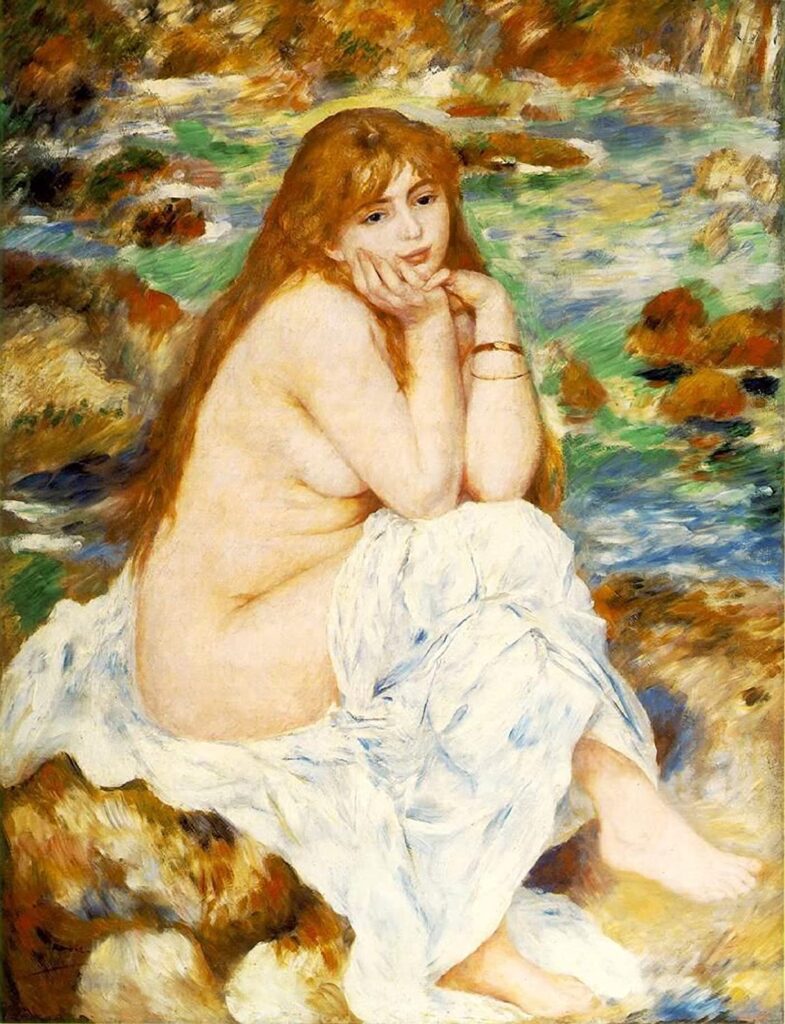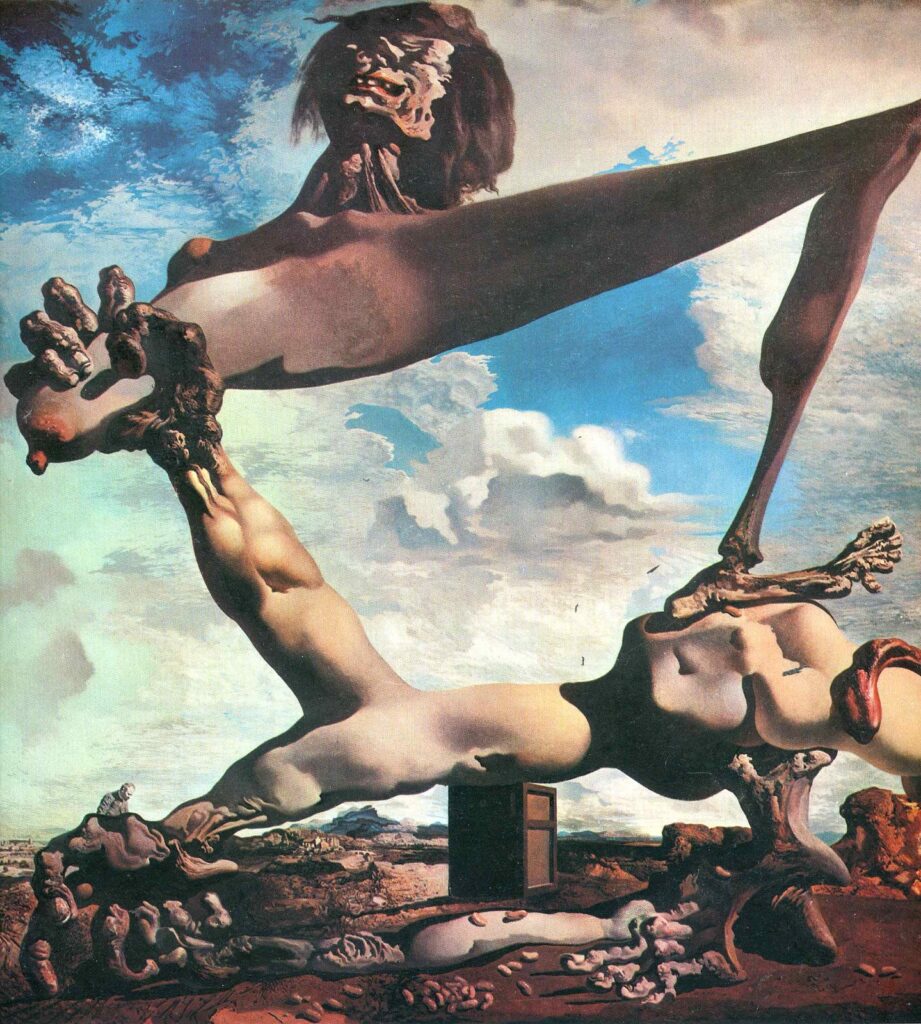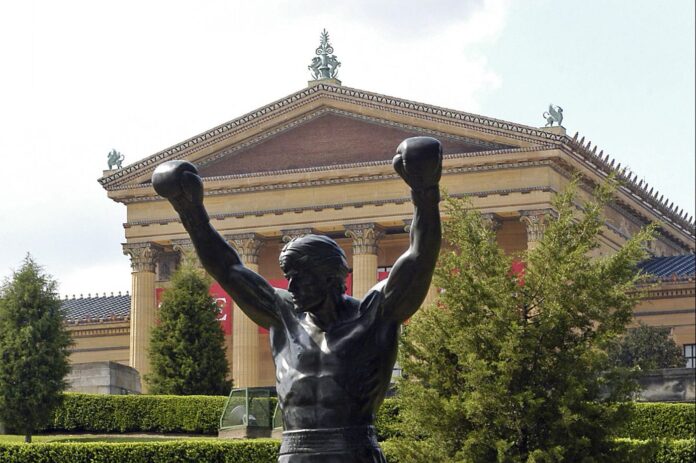The Philadelphia Museum of art is one of the most famous museums not only in the USA but all around the world. The huge collections of this temple of art make it one of the largest art museums in the country and an absolute must-see cultural center of the city. The Museum of Art is located on a hill at the end of Benjamin Franklin Boulevard.

The Philadelphia Museum of Art collection is famous mainly for the works of Pennsylvania artists and the masterpieces of modern art. Among them are:
- “Dance in the Moulin Rouge” by Toulouse-Lautrec;
- “Big Bathers” by Renoir;
- “Soft construction with boiled beans” by Salvador Dali;
- the most famous works of Marcel Duchamp (“Nude, going down the stairs”, “Bride undressed by her bachelors”, etc.).
Not far from the entrance to the Philadelphia museum of art, the very sculpture of Rocky Balboa is installed. The Museum of Art of Philadelphia houses the Rodin Museum and the Ruth and Raymond Perelman Building, which, in addition to exhibition galleries, also houses administrative offices, research laboratories, an impressive museum library, and archives.

Since the main building of The Philadelphia Museum of Art at Fairmount opened to the public in 1928, it has continually updated its collection, programs, and exhibitions to stay relevant and meaningful. Inspired by the integrity of its historic building, Frank Gehry’s renovation plan expanded the museum’s interior by adding more public spaces, more art space, and easier navigation, while retaining the original architecture.
Nearly 90,000 square feet of The Philadelphia Museum of art space have been repurposed in the main building, all ADA compliant and energy-efficient. The scope of the project includes:
- the redeveloped West Terrace, now Robbie and Bruce Tall Terrace, with built-in ramps to facilitate access for all visitors;
- the restored Lenfest hall, which for a long time served as the main entrance to the museum;
- a new public space, Williams Forum, which serves as a venue for a wide variety of events and connects the lower and upper levels;
- and the Vaulted Walkway, a 640-foot long corridor that spans the entire width of the building and has not been open to the public for nearly 50 years.
In addition, the premises that were once used for offices, a restaurant, and museum storage have been converted into two new sets of galleries with a total exhibition space of 20,000 square feet. The Robert L. McNeill, Jr. Galleries are dedicated to a broader and more meaningful narrative of the development of early American art, focusing on Philadelphia’s role in the story.

Daniel W. Dietrich II’s Galleries offer more space for contemporary art, including photography, opening with New Grit: Art & Philly Now, an exhibition of works by 25 contemporary artists associated with Philadelphia.

























